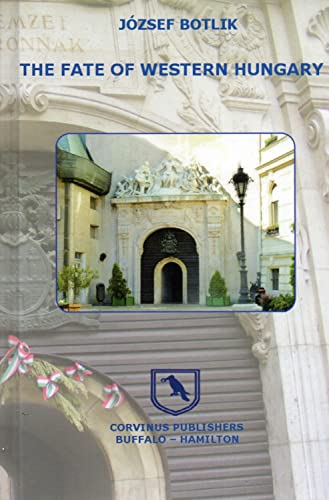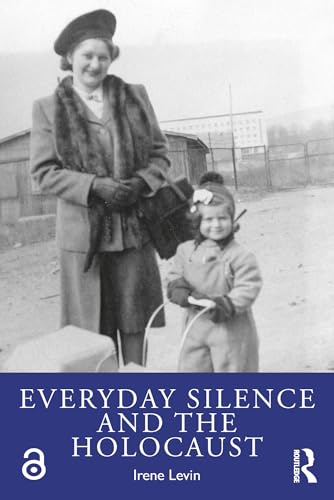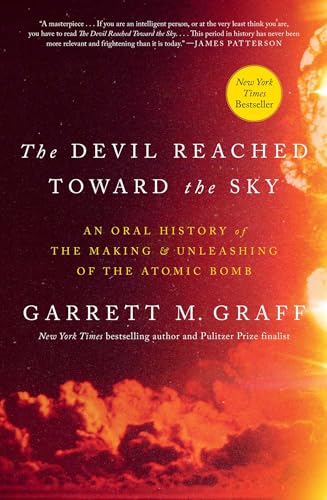
The Fate of Western Hungary,1918-1921
by József Botlik
Popularity
0 / 5
* A book's popularity is determined by how it compares to all other books on this website.
Where to buy?
Buy from Amazon* If you buy this book through the link above, we may receive a small commission at no extra cost to you.
The Fate of Western Hungary,1918-1921 by József Botlik
Details
Perspective:
Researcher
True Story:
Yes
Biography:
No
Region:
Europe
Page Count:
221
Published Date:
2012
ISBN13:
9781882785247
Description
The Fate of Western Hungary, 1918-1921 by József Botlik: A Review
Brief Summary
"The Fate of Western Hungary, 1918-1921" by József Botlik is a meticulously researched historical account of the tumultuous events that unfolded in Western Hungary during the aftermath of the Treaty of Trianon. The book delves into the complex political landscape that emerged following the disintegration of the Austro-Hungarian Empire, highlighting the diverse ethnic groups, including Hungarians, Germans, Croats, and Vends (Slovenes), who resisted separation from Hungary. Botlik's work focuses on the period between 1918 and 1921, emphasizing the geopolitical ambitions of neighboring countries and the internal struggles within Hungary. The narrative culminates in the revolution of August-September 1921, which ultimately led to the Sopron plebiscite and partial restoration of Hungarian territorial integrity.
Main Themes and Topics
The primary theme of the book is the national and ethnic struggle in Western Hungary during a period of significant political upheaval. Botlik explores the impact of the Treaty of Trianon on the local population and the broad implications of the treaty, which resulted in the loss of territories and ethnic divisions. Another central theme is the analysis of military and diplomatic endeavors by Hungary and its neighbors, including Austria, Czechoslovakia, Romania, and Serbia. The book also gives an extensive account of the revolution of 1921 and the brief existence of the state of Lajtabánság, emphasizing the tenacity and resilience of the local population in the face of foreign pressures and internal turmoil.
Writing Style and Tone
József Botlik employs a scholarly and informative writing style marked by detailed exposition and critical analysis. The tone is formal and authoritative, reflecting Botlik's expertise and deep understanding of the historical context. The author's use of archival materials and printed sources contributes to the book's academic rigor and credibility, while his narrative skill ensures that complex historical events are presented with clarity and coherence. Botlik's commitment to accuracy and depth is evident throughout, making the monograph a valuable resource for historians and readers interested in Central European history.
Criticism
While the book is praised for its comprehensive research and expert analysis, some readers might find the detailed historical accounts and the dense academic language demanding. The focus on a specific regional history may also limit its appeal to a broader audience seeking more generalized European historical narratives. However, for those interested in the nuances and complexities of post-World War I Central Europe, Botlik’s work offers an invaluable perspective and an in-depth understanding of the events in Western Hungary.









